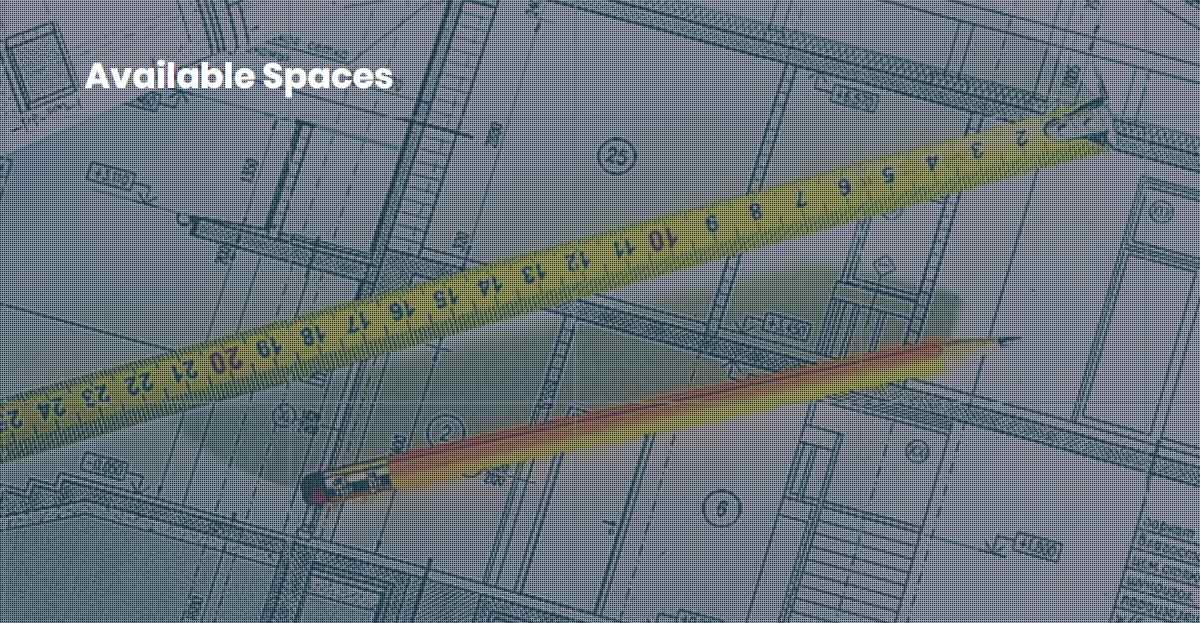
There is no substitute for a site visit by a qualified solar professional. They can measure roof surfaces, perform a shade analysis, check the condition of your roof and assess the compatibility of a solar installation with your existing electric service. The available space and other conditions will help determine the design of any solar installation.
Common residential solar modules are about 3-1/2’ x 5-1/2’ in size. While size is similar for most solar modules, power output can vary widely. If space is limited, a solar power system may need to be designed with the most powerful (expensive) solar modules available. If there is plenty of space, you may be able to meet your needs with less expensive modules.
Common space limitations include:
- Necessary pathways for emergency personnel, as required by your local planning department.
- Vents, skylights and other obstructions
- Shading
- Rafter location
A professional site assessment includes accurate shade analysis as well. Most solar modules stop working with only a small amount of shade present. It’s important for the solar power system designer to have accurate information for determining solar panel location, equipment selection and plans for stringing the modules together for optimum performance.
A professional site assessment also includes an inspection of your existing electric service panel. The National Electric Code and local building departments provide regulations for connecting solar power systems. A qualified professional with local knowledge can determine your best options for connecting a solar power system that meets your needs.

